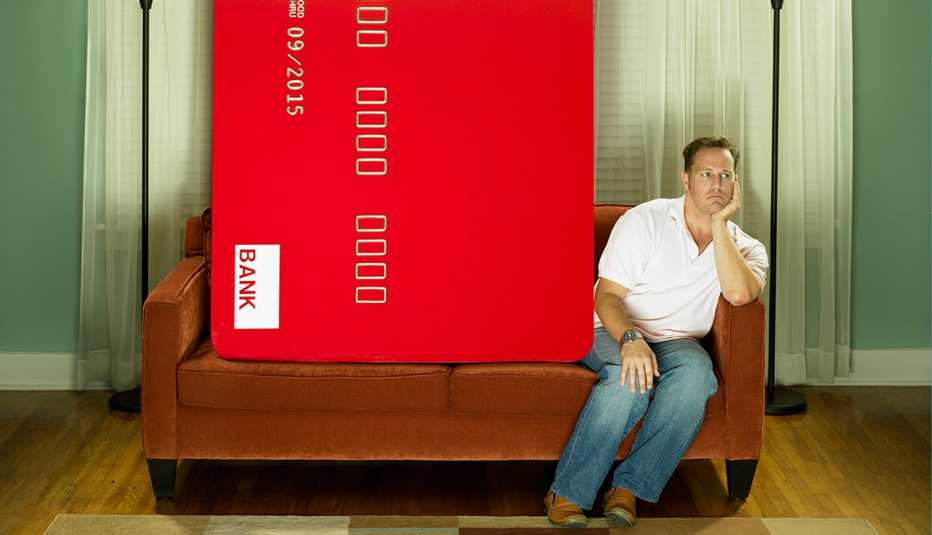AARP Hearing Center


Beware of the credit card Grinch when you do your holiday shopping: Interest rates on credit cards have hit new record highs, according to Bankrate.com.
To make matters worse, the sky-high interest costs of buying gifts or even everyday essentials come when the average balance per consumer is at its highest level in 10 years, according to credit agency TransUnion’s third-quarter 2023 Credit Industry Insights Report.
“Consumers are increasingly turning to credit cards as they look to manage their everyday finances and to help make ends meet,” said Charlie Wise, senior vice president of global research and consulting at TransUnion. “What we’ve seen is a continued rise in the level of outstanding balances.”
Retirees living on fixed incomes must be especially careful not to take on credit card debt they can’t repay if they want to avoid getting hit with high interest costs and falling into debt, Wise says. “If you have a lot of holiday spending and it takes an extra month to pay stuff off, that’s fine,” said Wise. “But don’t continue to rack up your balances on your credit cards unless you have the ability to pay those off down the road.”
Record rates, usage
Just as consumers are getting ready to start their holiday spending, the average retail credit card rate has skyrocketed to a record 28.93 percent, according to Bankrate’s annual Retail Cards Study. It’s not uncommon to see APRs north of 30 percent on some credit cards, especially those issued by some chain stores.
At the same time, the average debt per credit card borrower hit a 10-year high of $6,088 in this year’s third quarter, up 11.2 percent from $5,474 a year ago, according to the most recent data from TransUnion. The Federal Reserve Bank of New York says total credit card debt topped $1 trillion for the first time ever in the second quarter and totaled $1.08 trillion at the end of the third quarter.
The biggest driver of soaring credit card interest rates has been the 11 rate hikes from the Federal Reserve since March 2022 in its fight against inflation. “When the Fed increases rates, it impacts all lending,” said Jordan Mangaliman, CEO of GoldLine Financial. “It increases the cost of borrowing for the banks, which then increases the interest on bank products like credit cards, home loans and auto loans.”
The rising costs to buy life’s essentials due to the highest inflation in 40 years has also made it harder for many Americans to make ends meet, forcing them to rely on credit cards to buy what they need.
Not always bad to charge
Using credit cards, of course, isn’t always a bad thing. For those who can pay off their balances in full every month and take advantage of credit card offers such as cash-back on purchases, travel rewards and other perks, the use of plastic can be beneficial.



































































More From AARP
BJ’s vs. Costco vs. Sam’s Club: Which is Cheapest?
Before you buy in bulk, check out which warehouse club has the best deals.7 Ideas to Reduce the Racial Retirement Gap
Steps to move the needle on equity